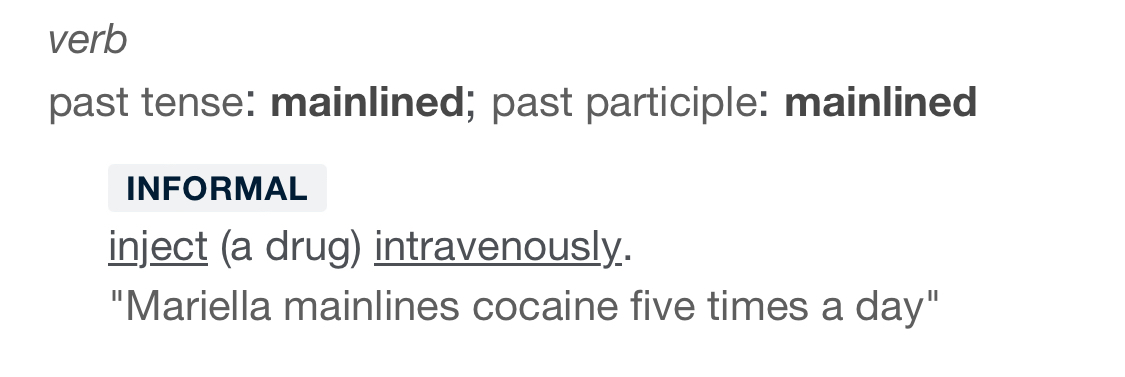Ok, so I had a patient. The actual history isn't terribly important because this sort of thing happens relatively frequently, but to give you a quick one-liner: he was an older male with rheumatoid arthritis admitted for Staph bacteremia. In cases of blood infections, we order tests called "clearance cultures" to track and confirm that the organism we're fighting disappears with treatment. In this case, 1 out of 4 of these samples tested positive for a potential Bacillus species—the genus to which anthrax belongs. That being said, completely inert species of Bacillus are common contaminants in this setting, and the fact that only 1 out of 4 samples tested positive definitely makes you think this is such a case of contamination.
However, we treat it as if it were anthrax until we're completely certain it isn't. It's Schrödinger's anthrax! After all, you don’t want to be the lab that missed anthrax.
Bacillus anthracis Identification Colonies of B. anthracis appear non-hemolytic, consist of gram-variable rods with spore forms, and are non-motile. In other words, when grown on sheep's blood agar, they do not break down hemoglobin (a feature many microorganisms possess), appear elongated and purple or pink under a microscope after staining (gram-variable), produce spores (a survival mechanism), and lack motility (i.e., they don’t move via structures like flagella). We use these properties to rule out B. anthracis. While mass spectrometry is the gold standard for organism identification in modern microbiology, when it comes to potential anthrax, we revert to basic microbiological methods for safety reasons (which we can discuss more in the comments if you're interested).
Bacillus anthracis: What Sets It Apart? Bacillus anthracis, the causative agent of anthrax, is a zoonotic disease, meaning it can be transmitted to humans through the handling or consumption of contaminated animal products. Due to its potential use as a bioweapon, B. anthracis is classified as a Tier I Category A agent by the CDC. Even though infection is rare in the United States, the micro lab remains vigilant in identifying this organism due to its serious implications.
Plasmids and Virulence Factors What makes B. anthracis particularly dangerous are its virulence plasmids, pXO1 and pXO2, which carry the genes responsible for toxin production and capsule formation, respectively. These plasmids play a crucial role in the organism’s ability to cause disease, enabling it to evade the immune system and produce lethal toxins.
But what exactly is a plasmid?
What is a Plasmid? A plasmid is a small, circular piece of DNA that exists independently of the bacterial chromosome. Unlike the bacterial genome, which contains essential genes for the organism’s survival, plasmids often carry genes that provide advantages under certain conditions—such as antibiotic resistance or, in the case of B. anthracis, virulence factors.
Plasmids are particularly interesting biologically and evolutionarily because they can be transferred between bacteria via a process called horizontal gene transfer. This means bacteria can acquire new traits, such as antibiotic resistance or enhanced pathogenicity, from other bacteria without evolving them slowly over generations. In essence, plasmids allow bacteria to adapt quickly to new challenges, making them highly versatile and resilient organisms. From an evolutionary standpoint, plasmids accelerate genetic diversity and adaptability, giving certain bacteria a survival edge in hostile environments.
Think of it this way: plasmids let bacteria "plug and play" abilities. Imagine if I could transfer my height, immune system, or ability to play the ocarina just by touching you... now you're getting it. Because of these abilities plasmids are, in many ways, the cornerstone of modern biomedical tech. We will definitely be talking about them again.
What is Bacillus cereus biovar anthracis and why use it to intro plasmids? Now, why bring up plasmids in this way? Because I can. Stories are nice. Anyway, plasmids are key to understanding another entity: Bacillus cereus biovar anthracis. This variant of B. cereus (the contaminant in our story) has acquired plasmids nearly identical to those found in B. anthracis, meaning it can cause anthrax-like diseases, particularly in animals. While B. cereus is more commonly known for causing food poisoning or being a random contaminant, its biovar anthracis variant is a real concern due to its ability to acquire these plasmids, making it capable of causing serious infections similar to anthrax. Mother nature is getting scarier!
In 2016, this variant was added to the CDC’s select agent list, emphasizing the significance of monitoring its presence, especially in cases involving animals. Though not as common in humans, its existence underscores the evolutionary importance of plasmids in spreading virulence factors across bacterial species.
Conclusion To wrap it up: Plasmids are fascinating, highly relevant to the changing landscape of infectious diseases, and, as will be discussed later, they might even change what it means to be human.
